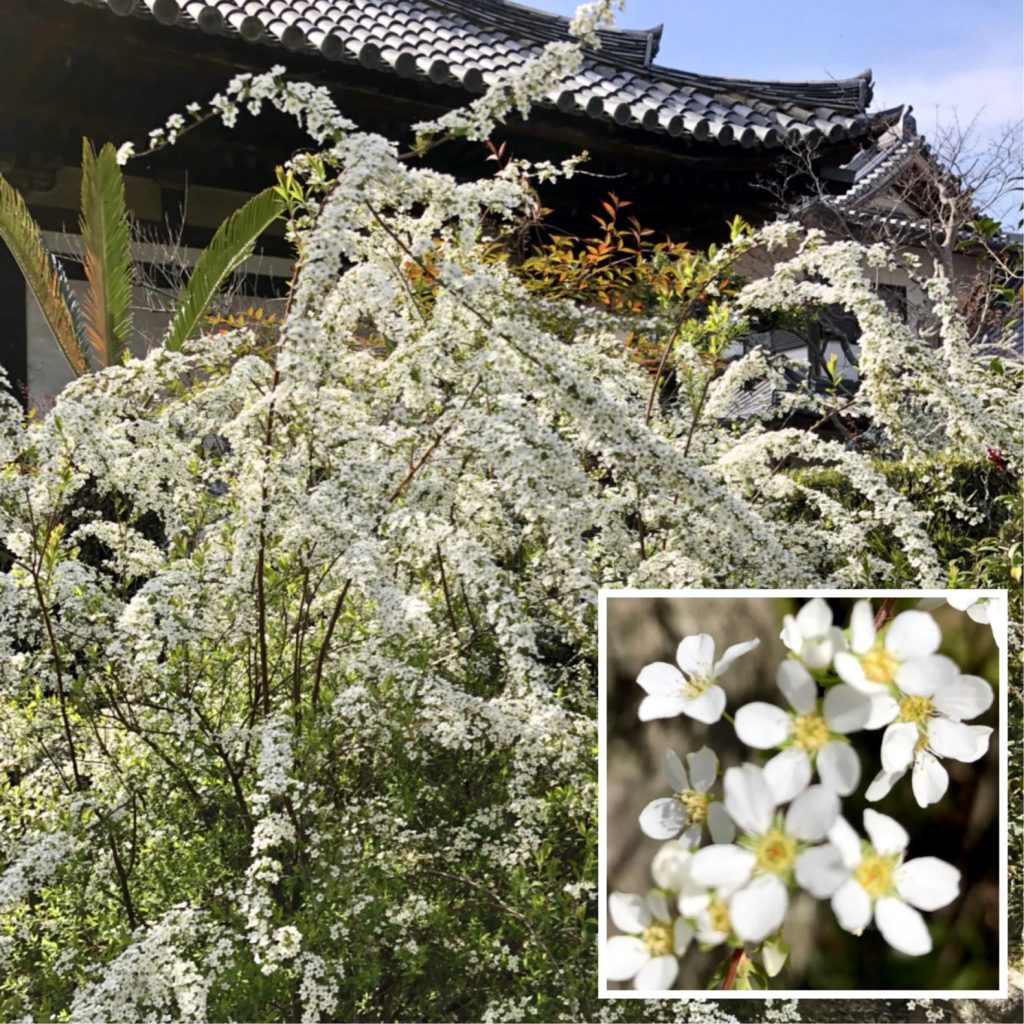
In the village of Kotsumi in Kaizuka City, Osaka, there is a Pure Land Buddhist temple called Ko’onji. Only the Kuginashi Hall, also known as the Kotsumi Kuginashi-dō, remains of this temple. Originally, it was one of the forty-nine institutions established by the monk Gyōki during the Nara period, and it was a splendid temple with seven halls. However, through various upheavals and conflicts, only the Kannon Hall has survived to the present day. This Kannon Hall is considered one of the oldest wooden structures in Osaka Prefecture, representing a valuable example of late Kamakura period esoteric Buddhist architecture. It is called “Kotsumi Kuginashi-dō” because it was built without the use of any nails and has been designated as a national treasure.
Gyōki, during the Asuka and Nara periods, defied the imperial court’s prohibition on directly preaching Buddhism to the populace and formed a group of followers. He preached Buddhism widely to people of all social classes in the Kinai region, including commoners and aristocrats, while also providing guidance on relief for the needy and social welfare activities.
“Kotsumi” refers to the place name of Kaizuka City where Ko’onji is located. Gyōki named it “Kotsumi” because he used the area as a timber storage yard when he built 49 temples, including Kannon-in, in the Kansai region. Gyōki utilized this timber not only for temples but also established nine alms houses for travelers, forty-nine dojo temples, fifteen reservoirs, nine ditches and moats, and six bridges in various locations. It is surprising that many of these facilities are still in use today.
大阪貝塚市の木積(こつみ)の里に孝恩寺(こうおんじ)と言う浄土宗のお寺があります。「木積の釘無堂(くぎなしどう):]$」と呼ばれる観音堂だけが残るお寺です。元は奈良時代の僧行基によって開創された行基建立四十九院のひとつで、七堂伽藍をもった立派なお寺でした。その後、さまざまな混乱や戦乱を経て観音堂のみを残して現在に至ります。この観音堂は、大阪府下で最古の木造建築物のひとつに上げられ、鎌倉時代後期に建てられた密教様式を現在に伝える貴重な建物で、釘を1本も使わずに建てられたので、「木積の釘無堂」とも呼ばれ、国宝になっています。
行基は、飛鳥時代から奈良時代にかけて、朝廷が寺や僧の行動を規定し、民衆へ仏教を直接布教することを禁止していた当時、その禁を破って行基集団を形成し、畿内を中心に民衆や豪族など階層を問わず広く人々に仏教を説き、併せて困窮者の救済や社会事業を指導しました。
木積(こつみ)とは、孝恩寺のある貝塚市の地名のことで、行基が「観音院」をはじめ、関西に49の院を建てる際、山から切り出した木材置き場にしたことに由来します。行基はこの木材を利用して、寺院だけでなく、旅人の救済宿舎である布施屋を9箇所、道場寺院を49院、溜池を15箇所、溝や堀を9筋、橋を6箇所などを各地に整備しました。その多くが今でも利用されていると言うから驚きです。
